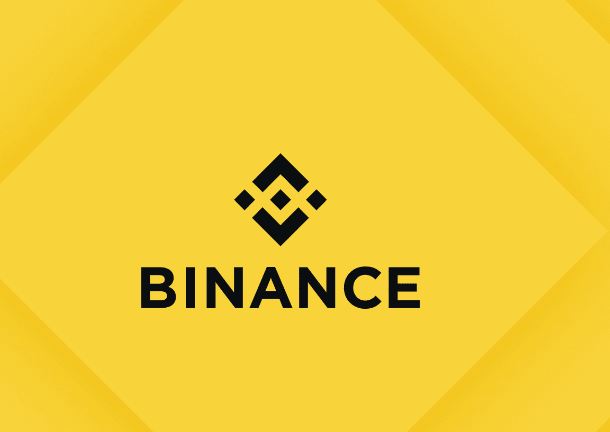Decentralized Exchange (DEX) trading refers to a method of trading cryptocurrencies directly between users, without the need for a centralized intermediary like a bank or brokerage. DEXs operate on a peer-to-peer (P2P) basis, utilizing smart contracts to facilitate trades on a blockchain network.
Here’s a breakdown of DEX trading:
- Decentralized– means there’s no single entity controlling the exchange. Instead, DEXs run on blockchain technology, which is a distributed public ledger that anyone can access. This promotes transparency and reduces the risk of fraud.
- Peer-to-Peer (P2P) – Transactions happen directly between traders, without a middleman. Users connect their crypto wallets to the DEX to initiate trades.
- Smart Contracts – These are self-executing contracts on the blockchain that automatically execute the terms of an agreement when predetermined conditions are met. In DEX trading, smart contracts ensure secure and trustless transactions between users.
Here are some of the benefits of DEX trading:
- Security – Since users hold their own cryptocurrencies in their wallets, DEXs are less vulnerable to hacking compared to centralized exchanges.
- Transparency – All transactions on a DEX are recorded on the blockchain, making them publicly verifiable and immutable.
- ** Censorship Resistance** – No single entity controls a DEX, so it’s resistant to censorship or manipulation.
However, there are also some drawbacks to consider:
- Liquidity – DEXs may have lower liquidity compared to centralized exchanges, which can lead to higher slippage (the difference between the expected price and the actual price at which a trade is executed).
- Complexity – DEXs can be more complex to use for beginners compared to centralized exchanges.
- Limited Functionality – DEXs typically offer fewer features than centralized exchanges, such as margin trading or fiat on-ramps (the ability to deposit fiat currency).


